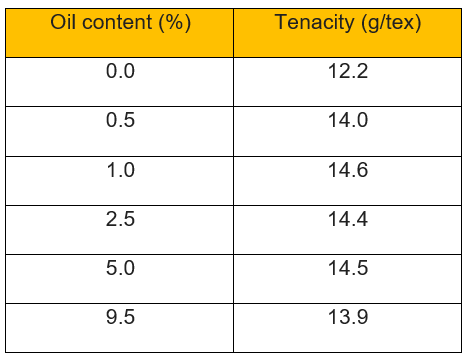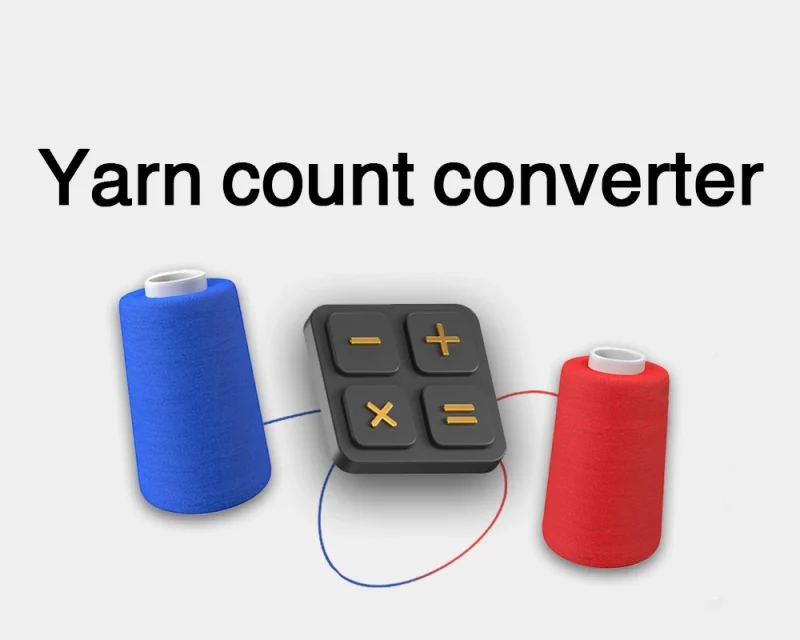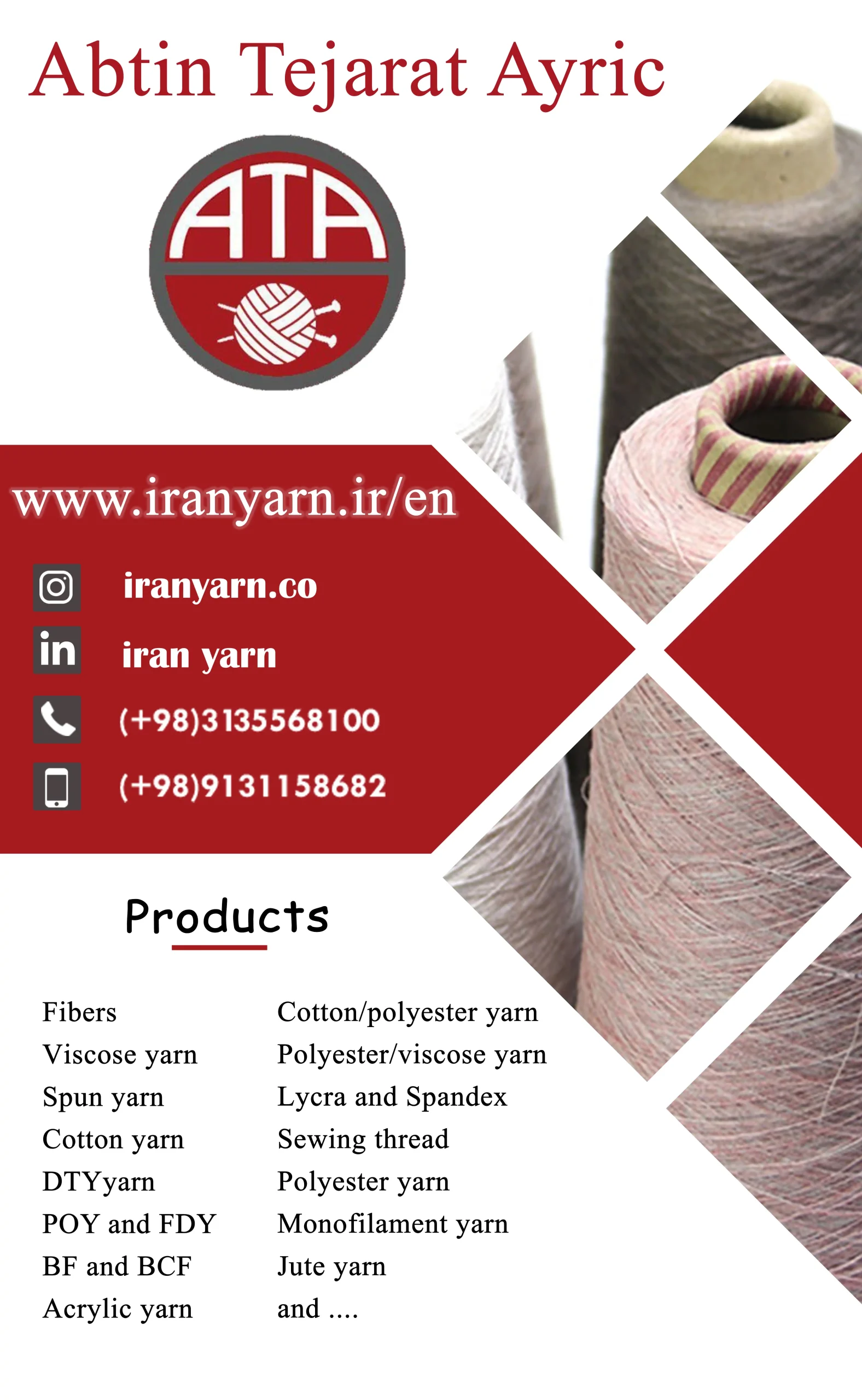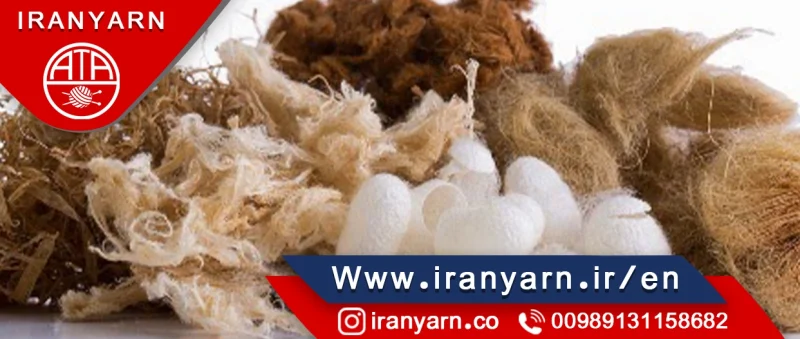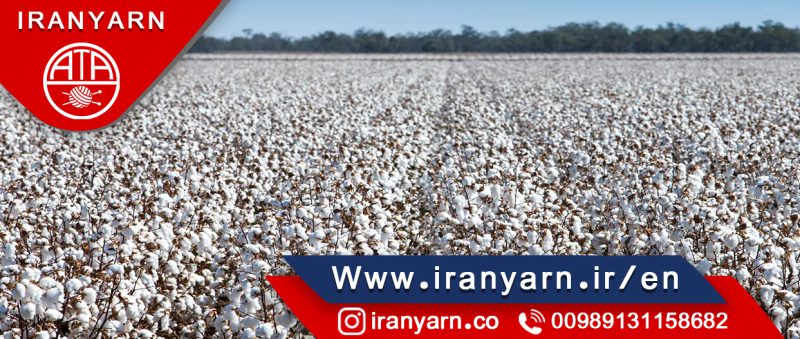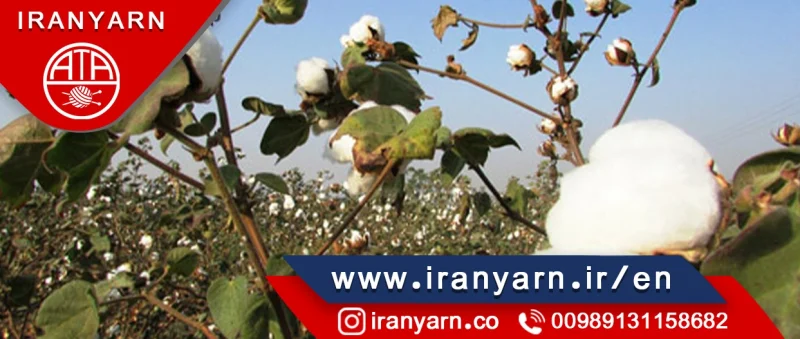The Jute Batching Oil is an privileged paraffinic fluid used to aid the fiber batching process. It is used As part of the jute manufacturing process.
If the jute fiber is taken from the bale and passed directly over the spinning machinery, the yarn become weak and irregular, the result is a lot of waste during processing. Batching is the process of adding oil and water to the fiber in order to condition it for spinning, resulting in an acceptable yarn. Water softens the fiber and increases its extensibility, reducing the amount of fiber breakage at the cards, allow the fiber to bend around pins and rollers, and reducing waste. In the late stages of the process, the oil plays a key role in giving cohesion to the slivers, enabling them to be drafted properly. Originally, oil and water were added separately, but now they are almost always emulsified together.
How a good batching oil should be:
- It must not harm the jute or the machines that used in jute spinning.
- The color must be acceptable.
- The risk of spontaneous combustion must be eliminated.
- It should not go rancid or become sticky after standing for a while.
- It should not have an objectionable odor.
- It must be easily available and cheap.
At the beginning of the industry, whale oil was widely used for batching, primarily because Dundee was a whaling port with a lot of supply of whale oil. Today, mineral oil is almost exclusively used to spin fine yarn, although whale oil is still used in small amounts for spinning fine yarn.
Effects of jute batching oil on the strength of jute
In most cases, jute yarns are spun with 5-6 percent oil, but in some cases, it may be necessary to reduce this to 1 percent or less. Oil-free yarns are more expensive than those with a higher oil content because they must add extra fiber to compensate for the reduced amount of oil present, and raw jute is more expensive than mineral oil. A higher price is justified by the cost of materials alone, regardless of any additional processing expenses. Thus, using as much oil as possible economically is advantageous, but there is a technical limit to how much oil can be added. Over 6 percent oil content causes problems because the pins, conductors, and rollers of the machinery become coated with a dirty black deposit, lowering the quality of the jute. After the oil level has been determined, the amount of oil required is calculated from the weight of the fibers to be processed. However, some added oil is lost in the fiber waste beneath the machines. Particularly at the cards, this waste is always heavily laden with oil. At the time of batching, 10 percent of the oil that was added to 400 pounds of jute is lost, so if 20 pounds of oil were added to 400 pounds of jute, only 18 pounds of oil would remain in the yarn. Although jute spinning without oil isn’t commercially viable, the amount and nature of oil are not crucial. The results of tests in which the oil content of the yarn was changed from 0.5% to 9.0% were displayed in Table below.
As you can see from the Table, the strength of the yarn does not radically decrease when oil is present, and the strength does not increase when almost twice as much oil is added. However, even if oils of high viscosity reduce the breaking load of yarn and make it more irregular, these effects become evident once the oil is two or three times as viscous as batching oil.
End-Use Problems Associated with Batching Oil
As the uses of jute become more widespread and specialized, smaller amounts of oil or different types of oil are sometimes required. End-uses of such materials include food packaging, carpet yarn, and tufted carpet backings. In some foodstuffs, such as flour, the final state is when they are packed in jute bags, so contamination with batching oil is extremely important to avoid. It is best to use a highly refined oil which is tasteless and odorless, although reducing the regular batching oil content to 1 percent or less will also solve the problem in most cases. To avoid soiling problems in carpets, whether woven or tufted, where viscose or cotton piles are used, oil content must be reduced to 1 percent or less. In pile yarns, soiling occurs when the batching oil wicks the fibers and traps dust particles in their crevasses. As a result of the low oil content, wicking is reduced to a level that prevents soiling. In cases where a jute fabric is to be used as a base cloth for PVC coating, the oil can migrate into the plastic and cause diffuse stains; this is especially evident with pastel shades. By using 1 percent or less of normal batching oil or using a technical white oil that does not turn yellow when exposed to light, this can be overcome. There are certain factors that are common to these problems. A problem has been identified with batching oil, which is at the usual 5 percent level; in all cases, the difficulties can either be overcome by reducing the amount of oil present or switching to a highly refined oil; the problem lies in the transfer of oil from jute to other materials. There are several factors that determine the transfer rate.


